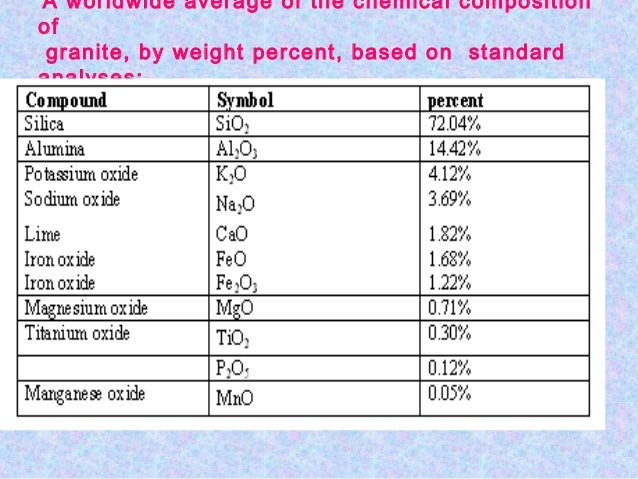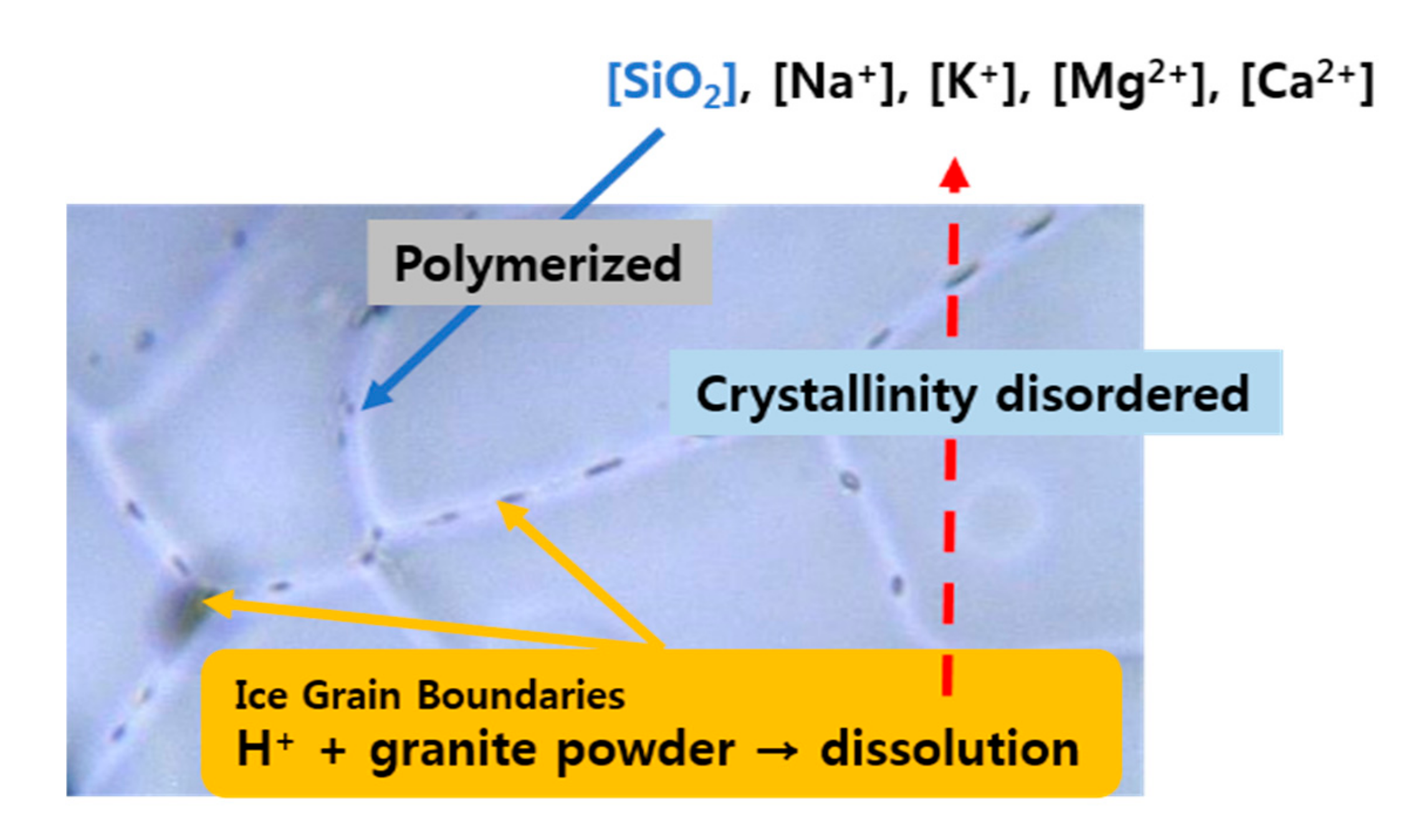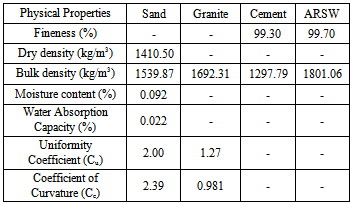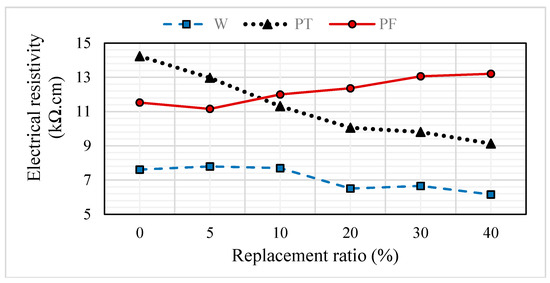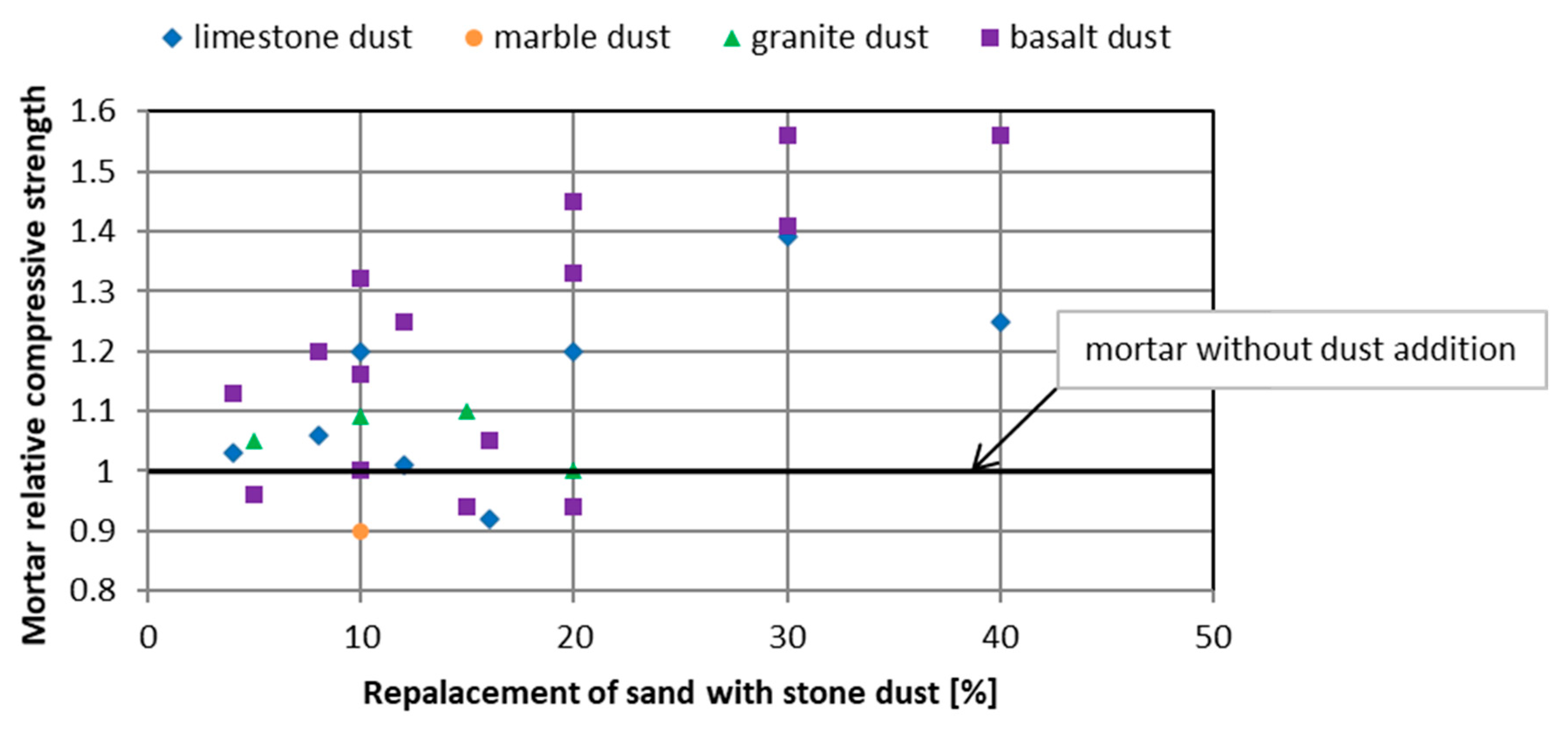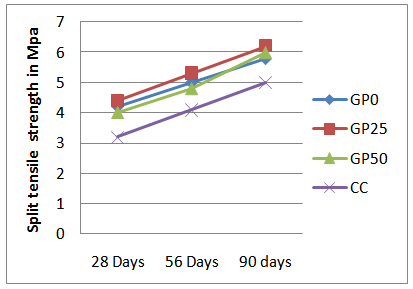Chemical Composition Of Granite Powder

Hence the granite will break when fire takes place.
Chemical composition of granite powder. Chemical composition of granite and marble sawing powder wastes consists basically of sio2 66 04 al2o3 14 25 and cao 4 48. The chief chemical composition of granite is sio 2 hence it is acid resistant. Those nutrients will have to be balanced with different sources. Not normally an ingestion risk.
Repeated or prolonged contact may irritate the skin. Quartz content can range from 10 60 while the feldspar content typically ranges from 65 95 and biotite content is around 10 15 in most. Some of the trace elements in granite rock dust. 5 poor fire resistance.
The loss on ignition is 5 10 results from the decomposition of carbonates calcite and dolomite. The resulting granite will likely have been made primarily from quartz different feldspars and biotite however it can also have a variety of other minerals and oxides present. Volcanic rock of equivalent chemical composition and mineralogy is called rhyolite. Learn more about the properties and uses of granite in this article.
The presence of alkaline earth oxide content especially cao and k2o in the waste material will act as. As you can see granite rock dust is quite rich in potassium not so much in calcium phosphorus or magnesium. A granite containing both muscovite and biotite micas is called a binary or two mica granite. Granite rock dust chemical composition.
The quartz in the granite will have crystalline transition in 573 c and cubical dilatation in 870 c. Good acid resistance and erosion resistance. Medium granite powder page 2 of 2 section vii health and first aid eyes. Granite coarse or medium grained intrusive igneous rock that is rich in quartz and feldspar.
Irritating to the eyes. Granites are the most abundant plutonic rocks of mountain belts and continental. Two mica granites are typically high in potassium and low in plagioclase and are usually s type granites or a type granites. A worldwide average of the chemical composition of granite by weight percent based on 2485 analyses.
It is the most common plutonic rock of the earth s crust forming by the cooling of magma silicate melt at depth. The percentage of granite powder added by weight was 0 25 50 75 and 100 as a replacement of sand used in concrete and cement was replaced with 7 5 silica fume 10 fly ash 10 slag and 1.





